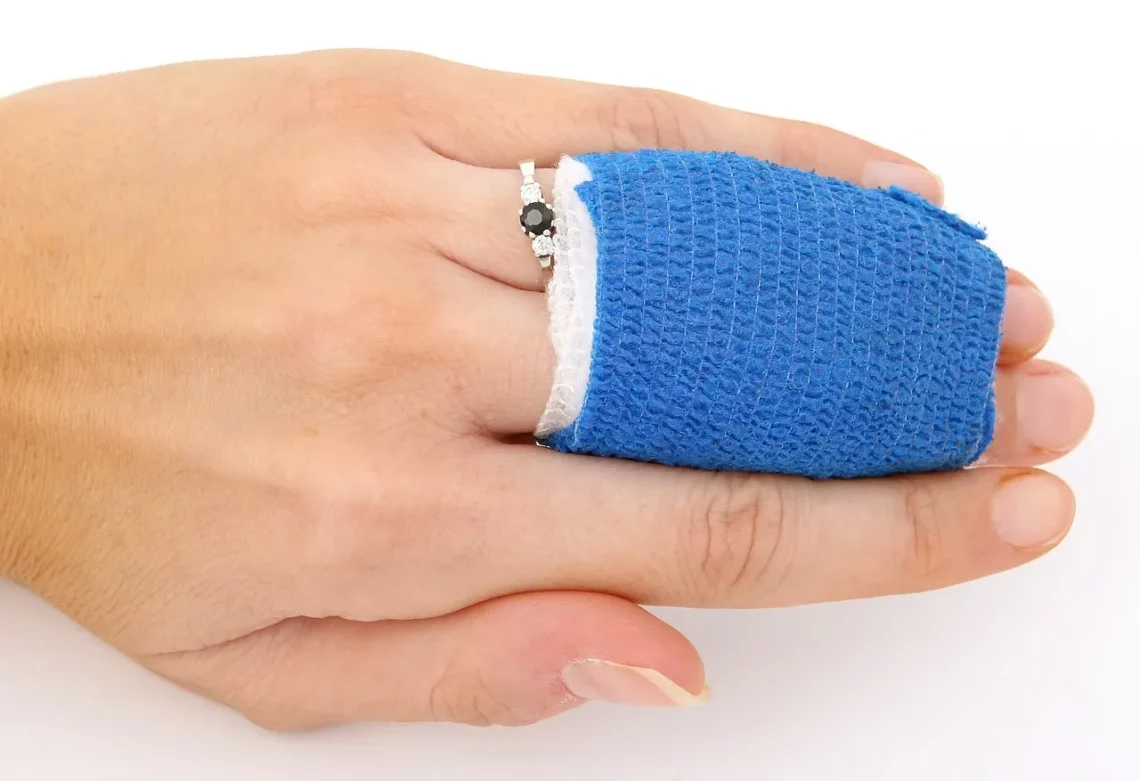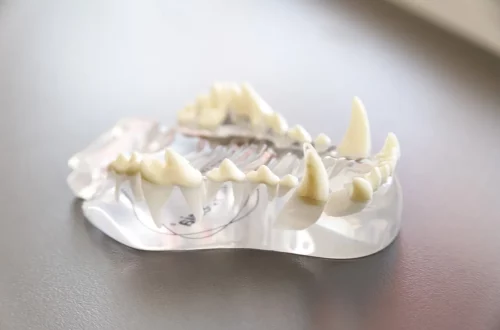
Understanding Scoliosis Surgery Scars: Care and Healing Tips
Scoliosis surgery can be a life-changing procedure for those struggling with spinal deformities. While the primary goal of the surgery is to correct the curvature of the spine and alleviate associated pain, patients often face the reality of healing from the operation itself. One of the most visible reminders of this journey is the scar left behind. Understanding scoliosis surgery scars can be essential for navigating the recovery process, both physically and emotionally.
Scars, as a result of surgery, can evoke a range of feelings—from pride in overcoming a medical challenge to anxiety about body image. They can symbolize resilience but may also represent fear or discomfort. It’s crucial to acknowledge these emotions, as they are part of the healing journey. Proper care and attention to these scars can dramatically influence not only the healing process but also the patient’s overall well-being.
As you embark on the path to recovery, it is vital to equip yourself with knowledge about scar care and healing practices. This understanding can empower you to take control of your healing process, ensuring that you can focus on what truly matters: your overall health and quality of life.
Understanding the Nature of Scars
Scars are a natural part of the healing process following any surgical procedure, including scoliosis surgery. They form as the body repairs itself after an incision has been made. The healing process can vary significantly from person to person, influenced by a range of factors including age, skin type, and overall health.
When the skin is cut, the body initiates a complex healing response. Initially, a blood clot forms to protect the area, followed by the release of specialized cells that begin to repair the tissue. This process results in the formation of scar tissue, which is different from the original skin. Scar tissue is often thicker and less flexible, which can impact mobility in the area if not properly managed.
In the case of scoliosis surgery, the incision is typically made along the back, and the length may vary depending on the complexity of the procedure. The resulting scar can be linear, but its appearance can change over time. In the early stages, scars may appear red or raised, but they often fade and flatten as healing progresses.
Understanding that scars are a normal part of recovery can help patients manage their expectations. Some may experience itching or discomfort as the scar matures. It’s vital to resist the urge to scratch or pick at the scar, as this can lead to further irritation or complications.
Effective Scar Care Techniques
Caring for your scar post-surgery is crucial for optimal healing and appearance. There are several strategies that can help minimize the visibility of scars and promote healthier skin.
First and foremost, keeping the incision site clean and protected is essential. Gently wash the area with mild soap and water, taking care not to scrub the scar directly. Moisturizing the scar using a fragrance-free lotion or silicone gel can help keep the skin hydrated, which is beneficial for healing.
Additionally, sun protection is critical. UV exposure can darken scars, making them more noticeable. Applying a broad-spectrum sunscreen with a high SPF to the scarred area when exposed to sunlight can significantly reduce pigmentation changes.
Massage therapy is another effective technique for scar care. Once the incision has healed sufficiently, gentle massage can promote blood flow and help break down dense scar tissue. You can use your fingers or a soft cloth to apply light pressure in circular motions over the scar. This practice can also assist in reducing any discomfort associated with tightness in the skin.
It’s important to consult with your healthcare provider before starting any new treatments, especially if you have concerns about your scar. They may recommend specific treatments or products suited to your skin type and healing progress.
Emotional Impact of Scarring
The emotional aspect of dealing with scars cannot be overlooked, particularly after a significant surgery like scoliosis correction. Patients often experience a range of feelings, including anxiety, self-consciousness, and even embarrassment about their scars. It’s essential to acknowledge these feelings and understand that they are a normal part of the healing journey.
The visibility of a scar can impact self-esteem and body image, especially for adolescents and young adults undergoing scoliosis surgery. It’s crucial to foster a positive mindset about the healing process. Instead of viewing the scar merely as a flaw, patients can learn to see it as a symbol of resilience and strength. Each scar tells a story of overcoming challenges and moving forward.
Support systems play a vital role in emotional healing. Engaging with family, friends, or support groups can provide comfort and reassurance. Sharing experiences with others who have undergone similar surgeries can help normalize feelings of insecurity and promote healing.
Practicing mindfulness and self-care techniques can also be beneficial. Activities such as yoga, meditation, or journaling can help manage stress and foster acceptance of one’s body. This holistic approach to healing can enhance overall well-being and facilitate emotional recovery alongside physical healing.
Long-Term Scar Management and Treatments
As time passes, patients may seek additional treatments for their scars, especially if they remain prominent or bothersome. Several options are available to improve the appearance of scars, each with its own benefits and considerations.
One popular option is laser therapy, which uses focused light to reduce redness and improve texture. This treatment may require multiple sessions but can lead to significant improvements in the scar’s appearance. Dermatologists often recommend laser treatments for individuals who have mature scars that do not respond to topical treatments.
Another option is the use of silicone sheets or gels. These products create a protective barrier over the scar, helping to retain moisture and reduce the formation of excessive scar tissue. Consistent use over several weeks can yield positive results.
In some cases, surgical revision may be necessary for scars that are particularly large or unsightly. This procedure involves removing the old scar and allowing the skin to heal again, potentially resulting in a less noticeable scar. It’s essential to discuss the risks and benefits of surgical options with a qualified healthcare professional.
Ultimately, the choice of treatment should be guided by individual preferences and the advice of medical professionals. Open communication with your healthcare team is vital in developing a personalized scar management plan that aligns with your goals and expectations.
It’s important to note that this article does not constitute medical advice. For any health-related issues or concerns, please consult your healthcare provider for professional guidance.




